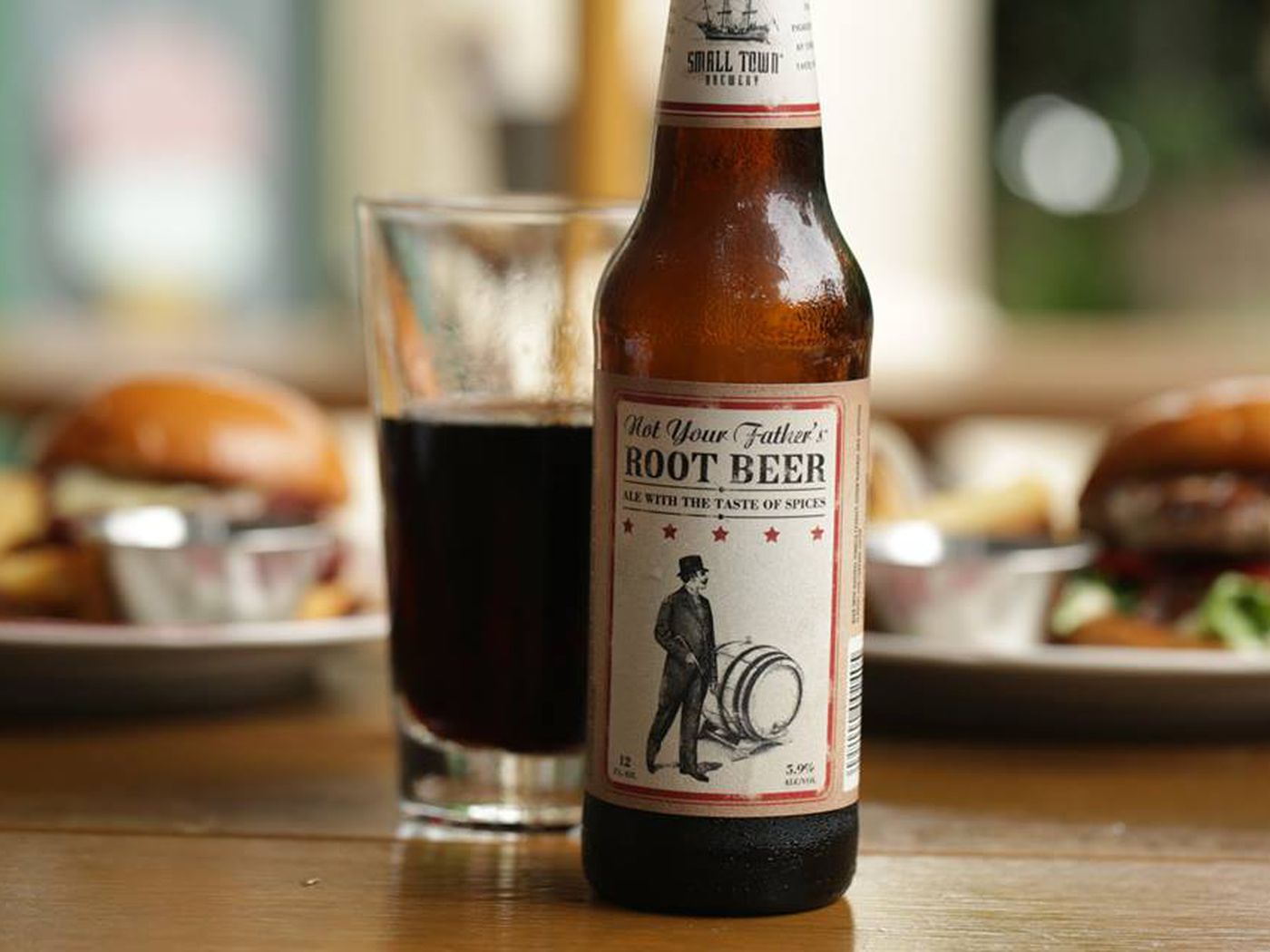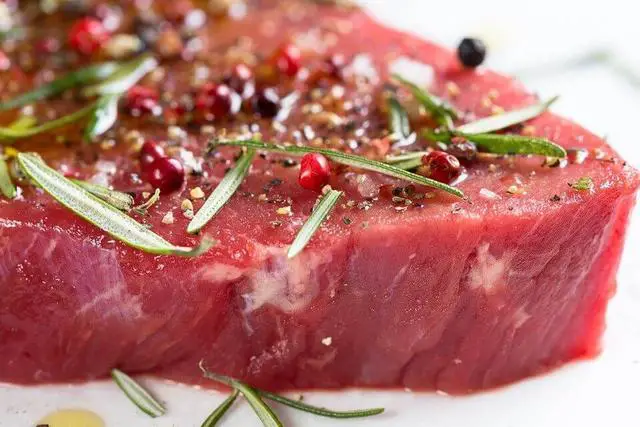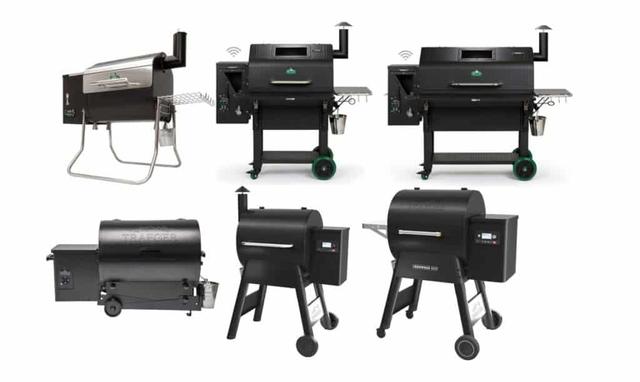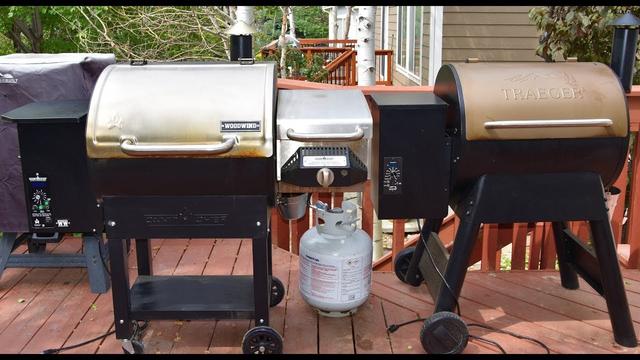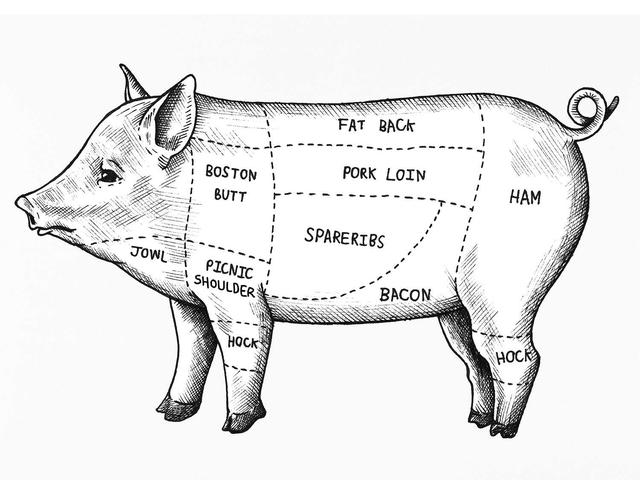
“Pork Butt vs Picnic: Decoding the Delightful Dilemma! Discover the key differences and choose your perfect cut for a succulent and flavorsome feast. Unravel the mysteries behind these popular pork cuts, as we help you navigate through their unique textures, tastes, and cooking methods. Elevate your culinary expertise with our comprehensive guide on selecting the ultimate pork delight.”
Pork Shoulder vs Pork Butt: Difference Between The Picnic and Boston Blade Roast
The term “picnic” in relation to pork shoulder comes from the fact that the cut is often used for picnic-style meals or outdoor barbecues. The pork shoulder, also known as the picnic shoulder, is a versatile cut of meat that can be slow-cooked, smoked, or roasted to create delicious pulled pork sandwiches or other dishes perfect for picnics and casual dining.
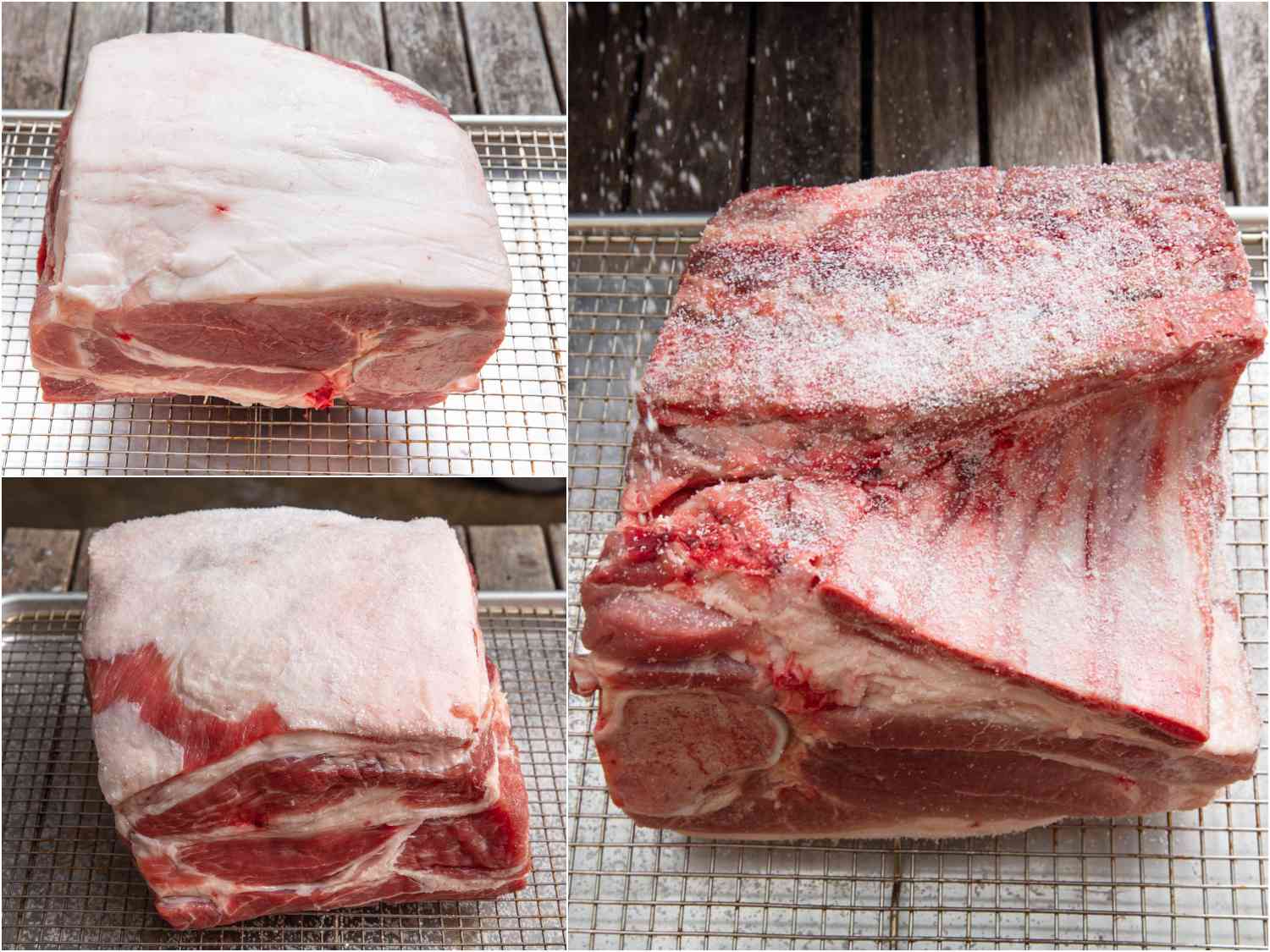
The main differences between pork butt and pork shoulder lie in their anatomical location on the pig and their muscle-to-fat ratio. Pork butt comes from the higher foreleg of the pig, while pork shoulder is further down. Additionally, pork butt has a higher intramuscular fat content, which makes it more marbled and tender compared to pork shoulder. Pork shoulder, on the other hand, is a heavily exercised muscle with lots of connective tissue, making it tougher but still flavorful when cooked properly.
Another difference between the two cuts is that pork butt is usually sold boneless, while pork shoulder is often sold bone-in with the skin intact. This distinction can affect cooking methods and yield when preparing dishes such as pulled pork.
What is Pork Butt (Shoulder)?

Pork butt, also known as Boston butt, is a cut of meat sourced from the pig’s shoulder blade, behind the neck/head. Despite its name, it does not come from the hindquarters of the pig. The term “Boston Butt” originated in Colonial New England when butchers packed inexpensive cuts of meat like the shoulder into large barrels called “butts” or casks for transportation. Over time, the name stuck and now we refer to this cut as the Boston Butt.
The pork butt consists of several different muscles that converge at the shoulder and are attached to the shoulder blade via connective tissue. It can be sold boneless or bone-in, with boneless options often being sold as two half portions. Unlike the heavily exercised muscles in the pork shoulder, those in the pork butt are less tough and sinewy, with a higher marbling of intramuscular fat. This makes it an excellent choice for low and slow cooking methods like smoking or barbecuing.
While pork butt and pork shoulder are similar in price range, with both usually priced around $0.99 – $1.99 per pound, pork shoulder is typically cheaper due to its popularity. The whole pork shoulder weighs 12-18 pounds and is divided into two portions: an upper portion called the pork butt and a lower portion known as the “picnic shoulder.” The picnic shoulder extends just below the Boston butt and includes all of the leg (or arm) until above the pig’s front foot.
When to Use Pork Butt
Pork butt, also known as Boston butt, is a great cut of meat to use when you want tender and juicy pulled pork. The higher fat content and marbling in the meat make it perfect for low and slow cooking methods, such as smoking or braising. The intramuscular fat helps to keep the meat moist and adds flavor during the long cooking process.
Pork butt is also a popular choice for making dishes like country-style ribs or Cubano sandwiches. The rich flavors and tender texture of the meat work well in these recipes, providing a delicious and satisfying meal. If you’re looking for a cut of pork that is versatile and forgiving to cook with, pork butt is an excellent choice.
What is Pork Shoulder or “Picnic Shoulder”?
Pork shoulder, also known as “picnic shoulder,” is a cut of meat that comes from the lower portion of the pig’s shoulder. It includes all of the leg (or arm) until the hock, which is just above the pig’s front foot. The pork shoulder is heavily exercised by the pig, making it a tough muscle with lots of connective tissue. Despite some misconceptions, the pork shoulder does contain fat, although it has a higher muscle-to-fat ratio compared to pork butt.
The main difference between pork butt and pork shoulder lies in their anatomical location on the pig. Pork butt comes from the higher foreleg of the pig, while pork shoulder is located further down. Another key difference is their muscle composition and fat content. Pork butt consists of several different muscles that converge at the shoulder blade, with a higher amount of intramuscular fat. On the other hand, pork shoulder contains more connective tissue and has a slightly lower fat content.
In terms of taste and texture, pork butt is often preferred for low and slow cooking methods like smoking or barbecuing due to its marbling and intramuscular fat. It tends to be more tender and juicy when cooked properly. Pork shoulder, while tougher, can still be used for similar dishes and offers a flavor reminiscent of ham. However, bone-in pork shoulder with skin intact (referred to as picnic) provides an added layer of flavor and texture.
Where Does the Term “Picnic” Come from for Pork Shoulder?
The term “picnic” in relation to pork shoulder comes from the fact that the upper portion of the pork shoulder, also known as the picnic shoulder, is often used for casual outdoor gatherings and picnics. It is called a “picnic ham” because it has a similar taste to ham and makes for delicious sandwich meat. The picnic shoulder is usually sold bone-in with the skin on, which adds flavor and texture to dishes.
The main differences between pork butt and pork shoulder lie in their location on the pig and their muscle-to-fat ratio. Pork butt comes from the higher foreleg of the pig, while pork shoulder is further down. Pork butt has a higher intramuscular fat content, making it more marbled and tender. On the other hand, pork shoulder is a heavily exercised muscle with lots of connective tissue, making it tougher but still flavorful when cooked low and slow.
Another difference is that pork butt typically does not have any skin attached, while pork shoulder is usually sold with skin-on or as a “picnic ham” with some skin still intact. The presence of skin can affect cooking methods and flavors.
When to Use Pork Shoulder
Pork shoulder, also known as the picnic shoulder, is a versatile cut of meat that can be used in a variety of dishes. Here are some instances when you might want to use pork shoulder:
1. Pulled Pork: Pork shoulder is perfect for making pulled pork. Its higher muscle-to-fat ratio and connective tissue make it ideal for slow cooking or smoking, resulting in tender and flavorful pulled pork.
2. Sandwiches: The taste and texture of pork shoulder are similar to ham, making it a great choice for sandwiches. Whether you’re making a classic ham sandwich or a Cubano sandwich, the shoulder meat from the picnic is sure to satisfy.
3. Stews and Braises: Due to its tough nature, pork shoulder excels in stews and braised dishes. The long cooking time allows the connective tissue to break down, resulting in tender and succulent meat.
4. Soups and Stocks: If you’re looking to add depth of flavor to your soups or stocks, using pork shoulder bones or scraps can enhance the richness and complexity of your dish.
5. Budget-Friendly Meals: Pork shoulder is often more affordable than other cuts of meat like pork butt. It’s a cost-effective option if you’re feeding a large crowd or looking for economical meal options.
In summary, pork shoulder is a versatile cut of meat that can be used in various recipes including pulled pork, sandwiches, stews, soups, and budget-friendly meals. Its tough nature makes it perfect for slow cooking methods that break down the connective tissue and result in tender meat with rich flavors.
What are the Main Differences Between Pork Butt and Pork Shoulder?
The main differences between pork butt and pork shoulder are their anatomical location on the pig and their muscle composition. Pork butt comes from the higher foreleg of the pig, while pork shoulder is further down. Pork butt has a higher intramuscular fat content, making it more marbled and tender. On the other hand, pork shoulder is a heavily exercised muscle with lots of connective tissue, making it tougher and less tender.
Another difference is that pork butt is sourced from the pig’s shoulder blade, behind the neck/head, while pork shoulder includes all of the leg (or arm) until the hock, which is just above the pig’s front foot. The muscles that make up the pork butt converge at the shoulder blade, while pork shoulder lacks the prized Money Muscle found in pork butt.
In terms of price, both cuts are usually similarly priced at around $0.99 – $1.99/lb. However, pork shoulder tends to be cheaper due to its popularity compared to pork butt. The lower portion of a whole pork shoulder is known as the “picnic shoulder” or simply “shoulder,” while the upper portion is the pork butt.
Although there are some differences between these cuts, they can generally be used interchangeably in most dishes. However, if you prefer bone-in meat with skin intact or want a taste similar to ham, then using picnic or pork shoulder would be preferable over pork butt. Overall, understanding these differences can help you make informed decisions when choosing between these cuts for your cooking needs.
In conclusion, while both pork butt and picnic cuts offer their unique flavors and textures, they also have distinct characteristics that make them suitable for different cooking methods. Whether you prefer the rich marbling of pork butt for slow-roasting or the leaner meat of picnic for grilling, it ultimately boils down to personal preference and desired culinary outcome. Exploring both cuts can broaden your culinary repertoire and allow you to experiment with various recipes, creating delicious meals to suit any occasion.
Learn More About Grilling
If you want to learn more about grilling, check out these other helpful resources!

